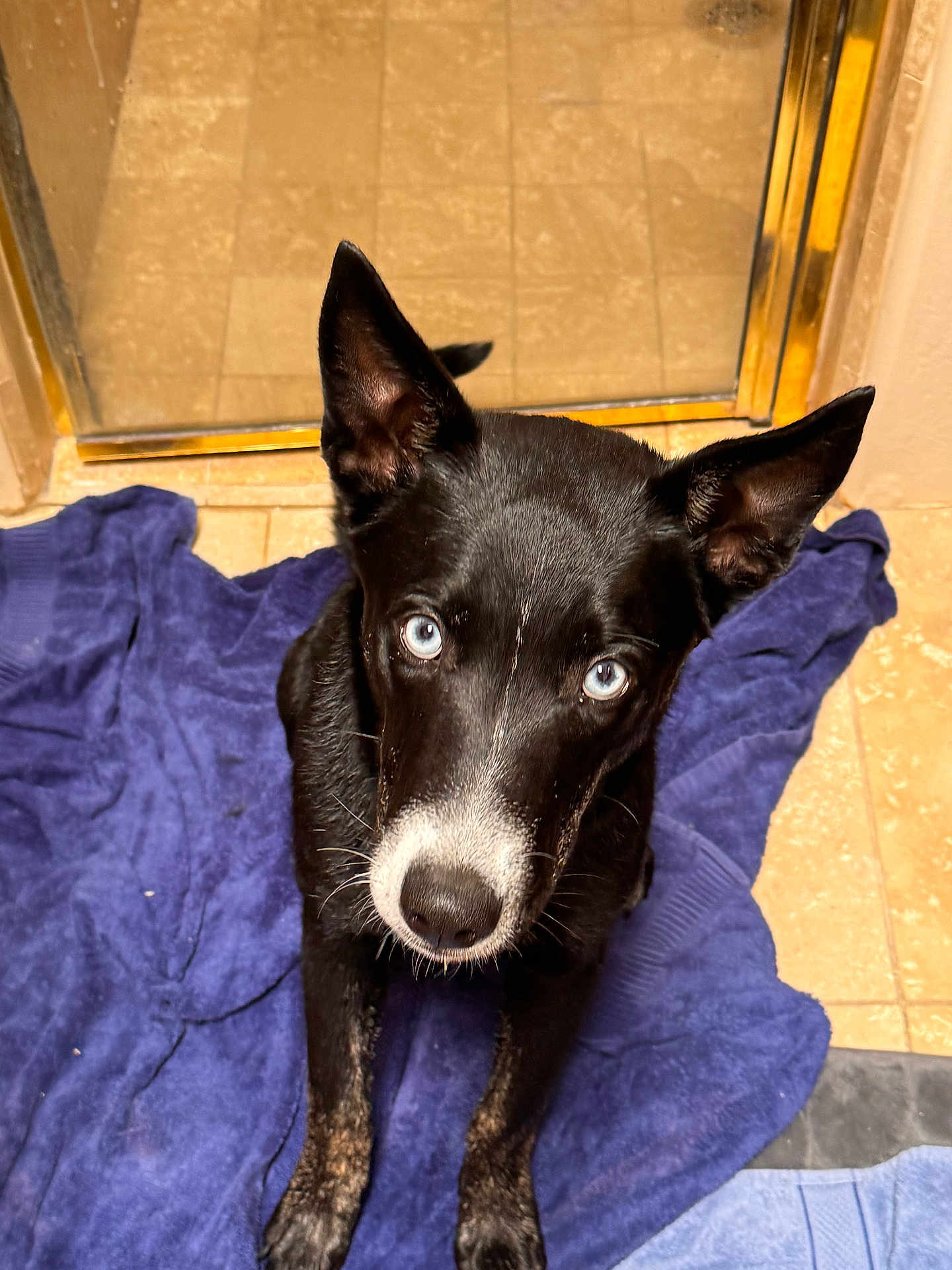
"If you want the commitment of a dog with the independent spirit of a cat, the Siberian Husky is the breed for you." Originating in the cold regions of Siberia, these stunning dogs have carved their place in history and hearths worldwide with their striking eyes, vibrant coat, and charming personalities.
Personality and Behavior of the Siberian Husky
Siberian Huskies are known for their lively and outgoing personalities. They exhibit a unique blend of friendliness and independence, making them both delightful companions and spirited adventurers. Huskies are notorious for their playful demeanor, always ready to engage in fun activities and physical exercise. Their boundless energy is one of their most defining characteristics.
These dogs are also highly intelligent, which can be both a boon and a challenge for their owners. On one hand, they are quick learners and can be trained to perform a variety of tasks and tricks. On the other hand, their intelligence often comes with a streak of stubbornness and a penchant for mischief. Owners often report that their Huskies exhibit a whimsical independence, sometimes appearing to march to the beat of their own drum.
Huskies are inherently social animals. They usually get along well with other dogs and can be very affectionate with their family members. However, they do have a high prey drive, which means they might not be the best choice for homes with smaller pets such as rodents or birds. Their sociable nature also means they do not like being left alone for long periods. A bored or lonely Husky can become quite the escape artist, devising ingenious ways to get out of enclosed spaces.
The Siberian Husky is particularly famous for their participation in sled-dog races, including the celebrated Iditarod, which commemorates the 1925 serum run to Nome, highlighting their endurance, strength, and unwavering spirit.
Meanings, History, and Origins of the name Siberian Husky
The name "Siberian Husky" provides significant insight into the origins and history of this breed. As the name suggests, these dogs hail from Siberia, a vast and frigid region in Russia known for its rigorous climate. The "Husky" part of their name originates from the term "Esky," which was a derogatory label used by early settlers for the Inuit people and their dogs.
Historically, the Chukchi people of Siberia bred these dogs for thousands of years. These nomadic tribes relied on the Siberian Husky for survival in the brutal Arctic climate. The Huskies were not only used for pulling sleds loaded with supplies across vast distances but also for herding reindeer and comforting the tribe as family pets.
The Siberian Husky's history is also deeply intertwined with the famous serum run to Nome in 1925, where these dogs were instrumental in delivering life-saving diphtheria antitoxin across treacherous conditions. This event not only highlighted their capability and endurance but also brought them into the global limelight, sparking a surge in their popularity.
Popularity of the Siberian Husky
Globally, the Siberian Husky enjoys significant popularity owing to its striking looks and dynamic personality. Their wolf-like appearance, complete with striking blue or multicolored eyes and a thick double coat, make them particularly appealing to dog enthusiasts around the world.
In English-speaking countries like the United States, Canada, and the United Kingdom, the Siberian Husky ranks high on the list of popular dog breeds. In the U.S., they have frequently been featured in popular media, from films like "Balto" and "Snow Dogs" to TV series that showcase their adventurous spirit. This media exposure continually fuels their charm among prospective dog owners.
In other parts of the world, Siberian Huskies have found a dedicated following as well. Countries with cold climates, such as Norway and Sweden, celebrate the breed for its resilience and warmth, while warmer regions have communities passionately devoted to providing these dogs with the care and environment they need to thrive.
Health and Care of the Siberian Husky
When it comes to the health and care of Siberian Huskies, there are specific considerations to keep in mind. These dogs are generally healthy but can be prone to certain conditions. Common health issues include hip dysplasia, eye problems such as cataracts and progressive retinal atrophy, and certain genetic disorders.
A balanced diet is crucial for maintaining a Husky's health. Due to their high energy levels, they require a diet rich in protein and healthy fats to sustain their activity. Owners must ensure that they are not overfeeding, as Huskies can be prone to obesity if their diet and exercise are not carefully managed.
Regular exercise is a cornerstone of Siberian Husky care. These dogs are built for endurance and need ample physical activity to keep them happy and healthy. Activities such as long walks, runs, and even organized dog sports like agility or sled-pulling can be great outlets for their energy. Mental stimulation is equally important, given their intelligence and problem-solving abilities.
Grooming is another essential aspect of Husky care. Their thick double coat requires regular brushing, especially during shedding seasons, to prevent matting and reduce loose fur around the home. Despite their dense fur, Huskies are relatively clean dogs with minimal odor, which is a plus for many owners.
Training and Education of the Siberian Husky
Training a Siberian Husky can be both a rewarding and challenging endeavor. These intelligent dogs can quickly learn commands and tricks, but their independent nature means they may not always be willing to obey. Consistency, patience, and positive reinforcement are key to successful training with Huskies.
Early socialization and puppy training classes can greatly benefit Siberian Huskies. Exposing them to various people, environments, and situations from a young age helps them grow into well-rounded and adaptable adults. Given their high prey drive, teaching them reliable recall and basic obedience is essential to ensure their safety.
Huskies are known escape artists, so owners must be vigilant about securing their homes and yards. Training should also focus on boundary setting and recall commands to mitigate their natural wanderlust. Interactive toys, puzzles, and training sessions that engage their minds can prevent boredom and reduce destructive behaviors.
In some cultures, the Siberian Husky's name may have slight regional variations. For instance, in Russia, they are known as "Sibirskiy Khyusky," reflecting the phonetic adaptation of their English name.
Over recent years, there has been a notable shift in the popularity of the Siberian Husky, largely influenced by their increased visibility in social media and entertainment. Their photogenic appearance and expressive faces have made them social media darlings, often garnering thousands of followers on platforms like Instagram and TikTok.
Choosing the right dog involves considering several factors, including lifestyle, home environment, and the time commitment required. For those with active lifestyles who seek an adventurous and loyal companion, the Siberian Husky can be an excellent match. Their sociable nature and unique personality provide endless joy for those prepared to meet their exercise and training needs.
In conclusion, selecting a dog breed that resonates with your lifestyle and preferences brings immense satisfaction. The Siberian Husky, with its vibrant personality and rich history, offers a perfect blend of companionship and adventure. At KingPet, we have an ever-growing community of Siberian Huskies participating in our contests, reflecting their widespread appeal and charm. Embrace the joy and vitality that a Siberian Husky brings, and revel in the delightful experience of having this remarkable breed as part of your family.








































































































































